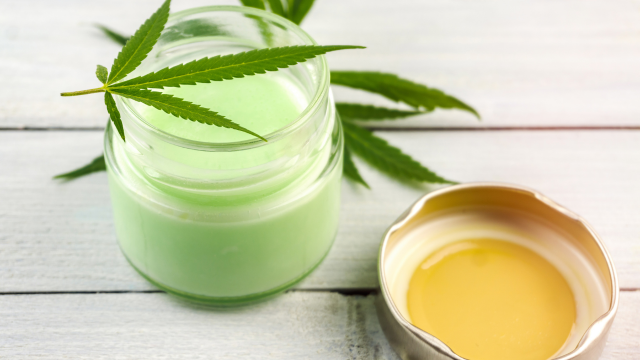Welcome, wellness explorers and curious minds! Today, we’re delving into the intriguing world of topical THC, a subject that’s as layered as it is captivating. Whether you’re a seasoned cannabis aficionado or new to the scene, understanding the ins and outs of THC topicals is crucial for navigating its benefits and nuances. So, let’s dive in, shall we?
Early Applications: The History of THC Topicals
The history of topical THC is deeply intertwined with the broader narrative of cannabis use, which dates back thousands of years. Ancient civilizations, including the Native Americans, Egyptians, Chinese, and Indians, recognized cannabis for its medicinal properties, applying it in various forms, including topically, to treat ailments such as pain, inflammation, and skin diseases. These early applications laid the groundwork for the modern use of topical THC.
However, it wasn’t until the late 20th and early 21st centuries, amid a growing shift in the legal and societal perceptions of cannabis, that topical THC products began to emerge in the mainstream market. Today, with the legalization of cannabis in many states and various parts of the world, topical THC products have evolved significantly, boasting refined formulations and targeted applications while drawing on the ancient wisdom that recognized the plant’s therapeutic potential without the typical “head high” associated with THC.
The Surface Story: Topical THC Side Effects
When we talk about THC, it’s often in the context of vaping, smoking, or ingesting. But what about when it’s applied directly to the skin? Topical weed comes in various forms—creams, balms, oils, you name it. Cannabis topicals are praised for their potential to soothe sore muscles and joints without the psychoactive journey.
But what about the side effects? Like any product, especially one as potent as THC, it’s essential to tread with awareness. While topical cannabis is generally considered safe, it’s not without its possible side effects. Some users report mild irritation at the application site, especially those with sensitive skin or allergies to any of the product’s ingredients. As with anything new that you are adding to your body, it’s always wise to do a skin test patch before going all in and slathering your body with topical weed.
The Drug Test Dilemma: Does Topical THC Show on a Drug Test?
Ah, the million-dollar question! Many of you might be pondering whether using topical THC could lead to a surprise during a routine drug test. The consensus among experts is quite reassuring.
Since weed topicals are designed to act locally (on the surface of the skin and the immediate underlying tissues), they typically don’t enter the bloodstream in significant enough quantities to trigger a positive drug test result. However, it’s crucial to note that this can vary based on the product’s potency, frequency of use, and individual skin permeability. When in doubt, it’s best to consult with the product manufacturer or a healthcare professional.
Chasing Euphoria: Does Topical THC Get You High?
The short answer? No, not in the way you might think. The beauty of topical THC lies in its ability to target specific areas without sending you on a cerebral adventure. This localized approach means that while you might experience relief or a soothing sensation where the product is applied, you’re unlikely to encounter the euphoric high associated with other methods of THC consumption. THC topicals are a win-win for those seeking the therapeutic aspects of cannabis without the psychoactive effects.
As with any cannabis or wellness product, the golden rule is to start slow, go low, and stay informed. Whether you’re using topical THC for pain relief or muscle relaxation, understanding its nuances will help you navigate its use with confidence and curiosity.
Do you use THC topicals as part of your cannabis wellness routine? Hit me up on social media, and let’s spark up a conversation about it.
